Over the past week, 14 dams across the basin released nearly 1 billion cubic meters of water, according to the MDM (Mekong Dam Monitoring Project). Most of this came from just two dams: China’s Xiaowan, which released more than 500 million cubic meters, and Cambodia’s Lower Sesan 2, which released just under 400 million cubic meters.
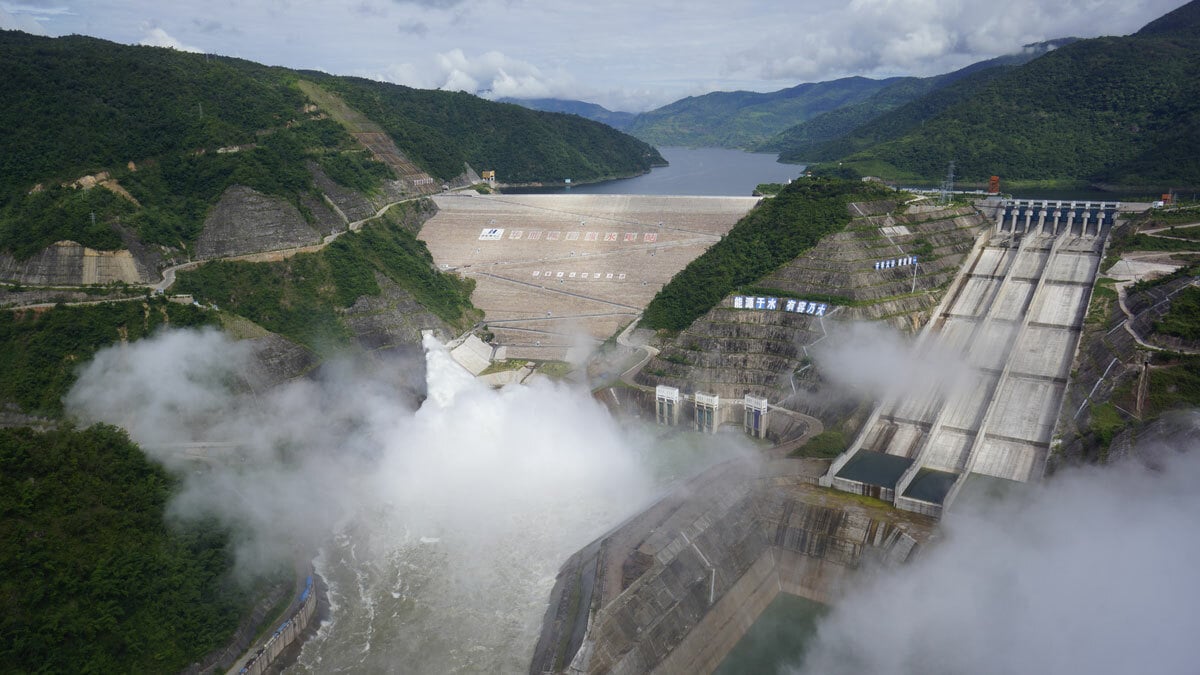
China's hydropower dams to reduce water discharge into the Mekong by 13% in the 2023 dry season
Eyes on Earth’s natural flow model predicts a 26% water deficit in Chiang Saen, Thailand, due to storage in upstream Chinese dams. However, downstream, river levels are below normal due to storage in Chinese dams and low rainfall across the basin.
Since June, the Mekong River basin has entered the rainy season. Summarizing the 2023 dry season, MDM said that the total amount of water discharged by hydropower dams into the Mekong River during the 2023 dry season is about 20 billion cubic meters, almost the same as in 2022. However, there is a difference in the amount of water discharged between the upstream and downstream. Specifically, this year, 11 dams in the upstream of China discharged less water, about 13% compared to 2022; in contrast, the remaining 44 dams in the downstream discharged more water, about 20% compared to 2022.
The reason is that in 2022, there will be little rain in China, causing a shortage of water in hydropower reservoirs, causing the reservoirs in China's hydropower dams to be lower than normal. In contrast, the 2022 rainy season in the downstream will have relatively normal rainfall, resulting in more water to be released in the 2023 dry season.
Source link




![[Photo] Students of Binh Minh Primary School enjoy the full moon festival, receiving the joys of childhood](https://vphoto.vietnam.vn/thumb/1200x675/vietnam/resource/IMAGE/2025/10/3/8cf8abef22fe4471be400a818912cb85)
![[Photo] Prime Minister Pham Minh Chinh chairs meeting to deploy overcoming consequences of storm No. 10](https://vphoto.vietnam.vn/thumb/1200x675/vietnam/resource/IMAGE/2025/10/3/544f420dcc844463898fcbef46247d16)


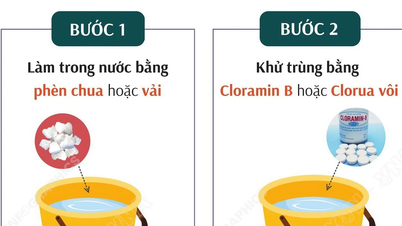




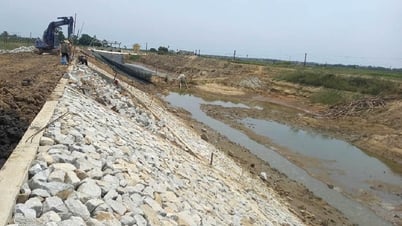

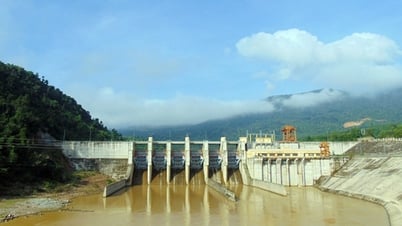







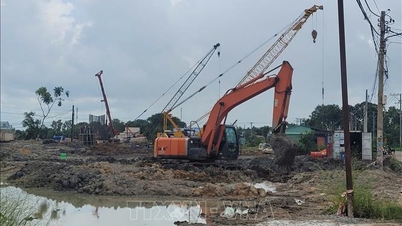






























































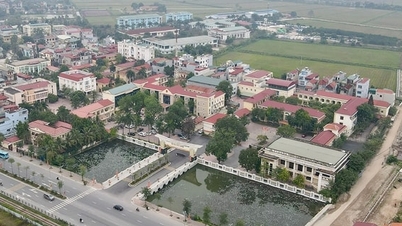

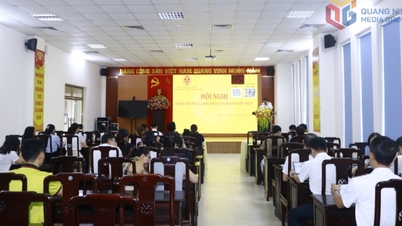

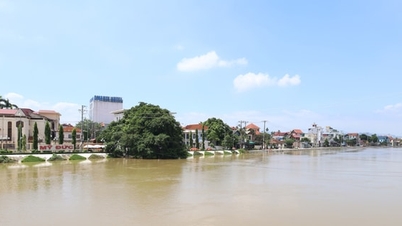

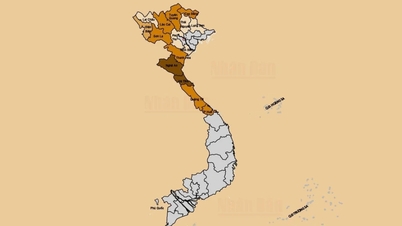














Comment (0)